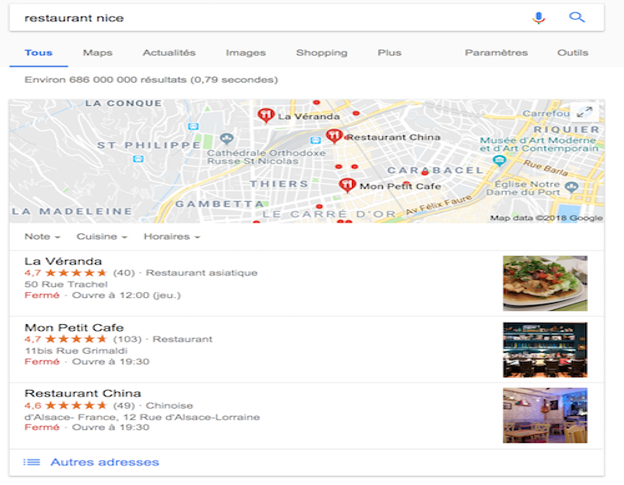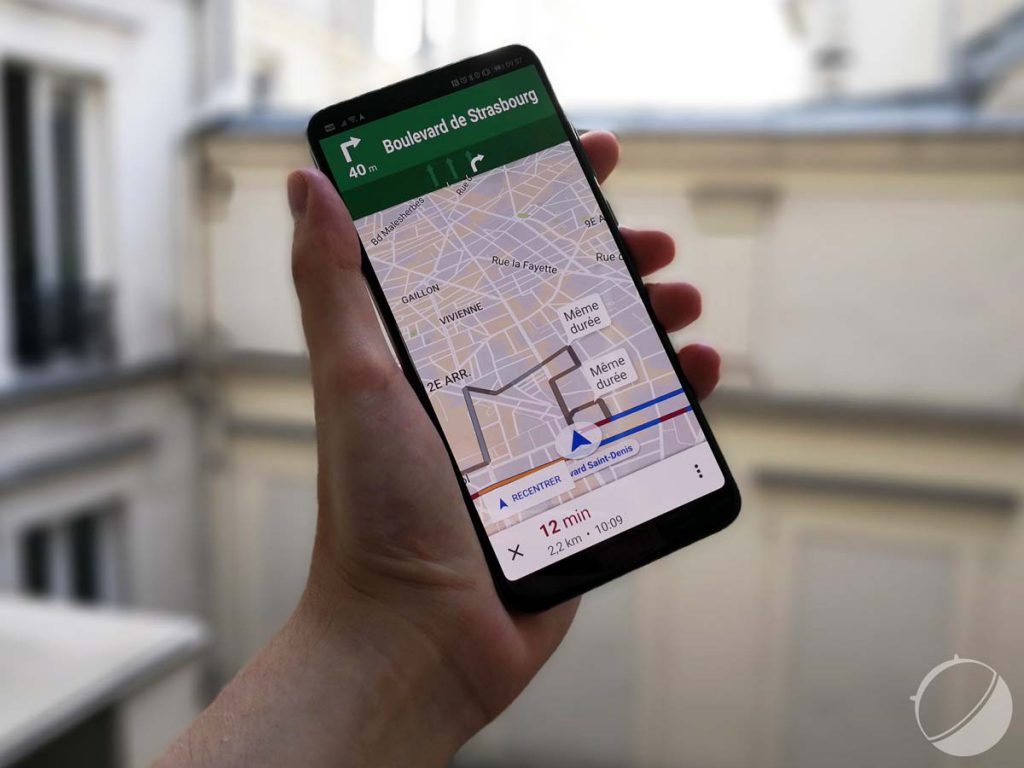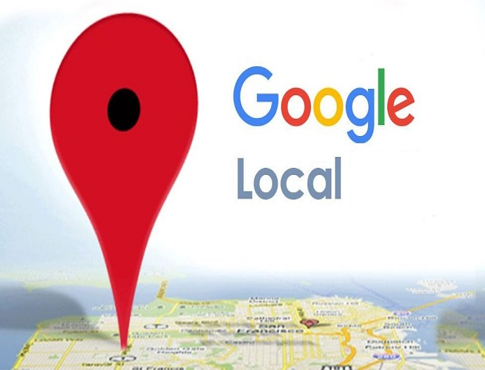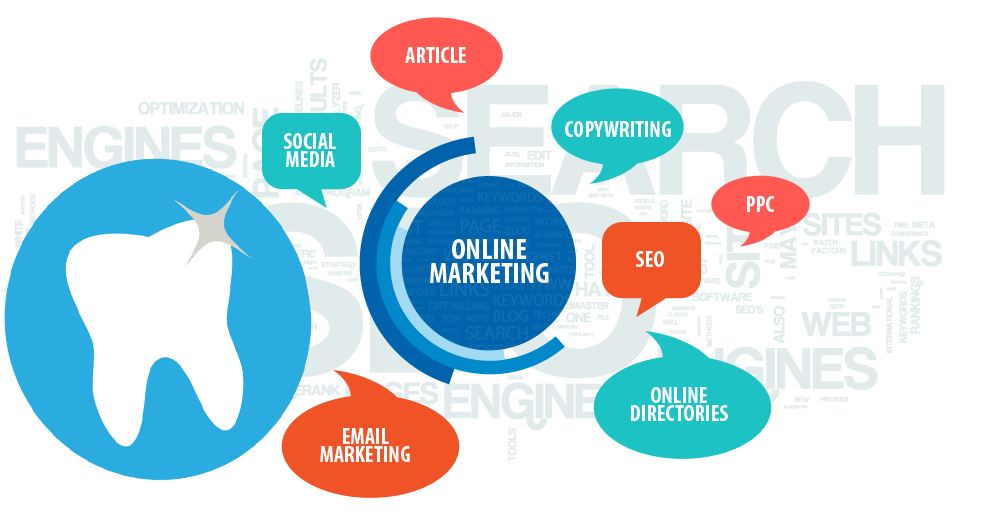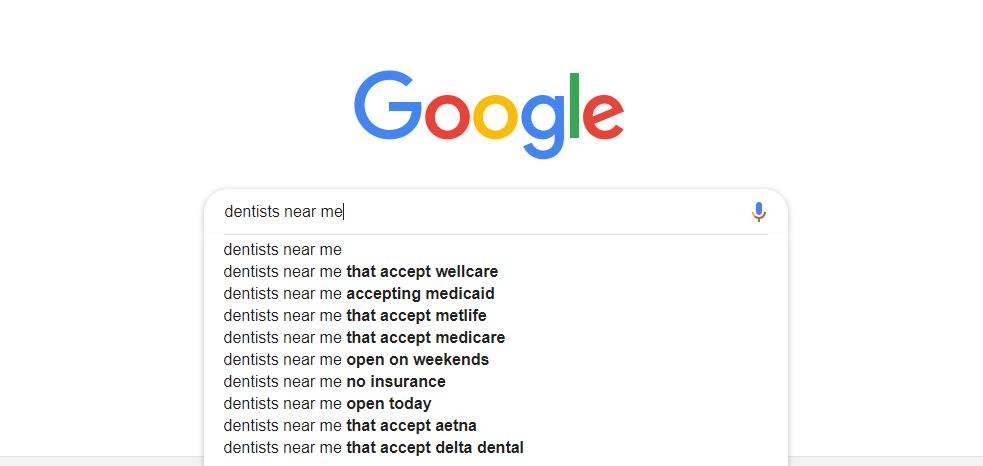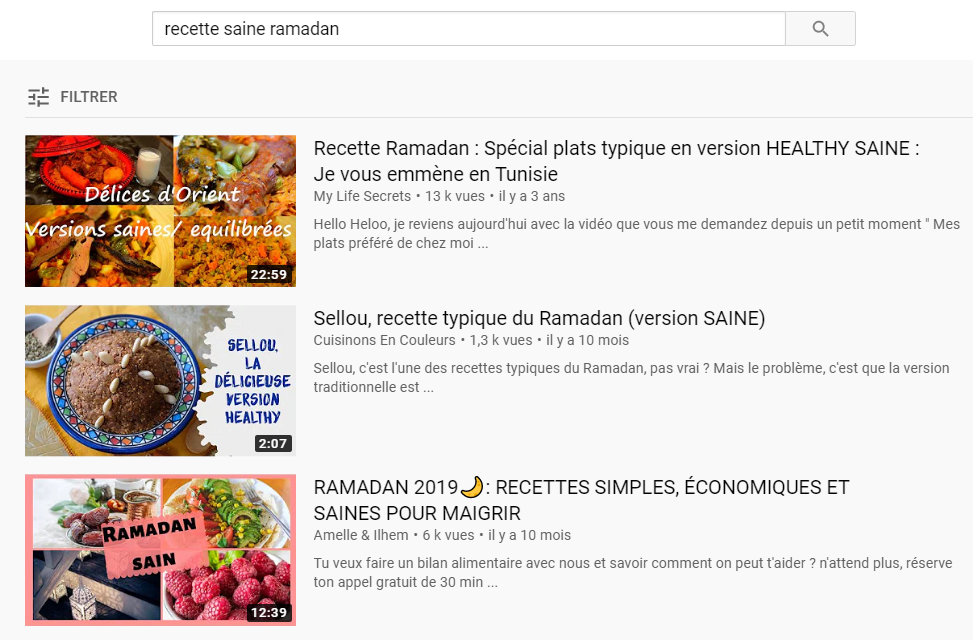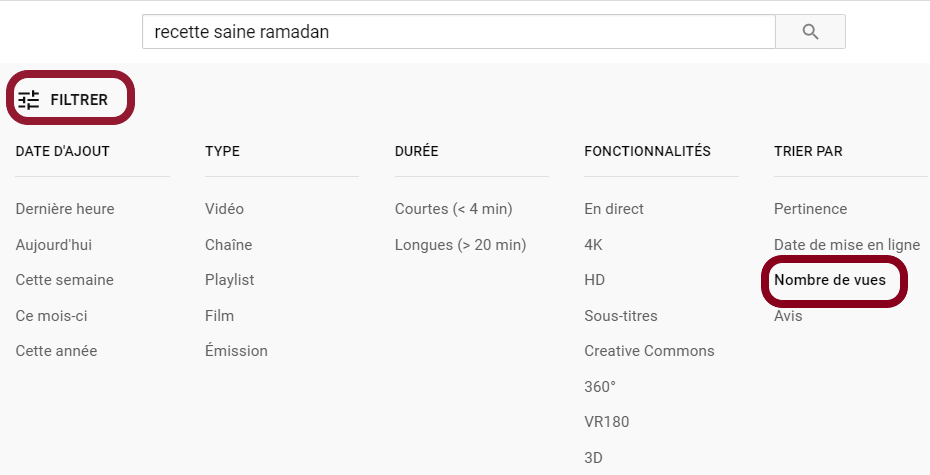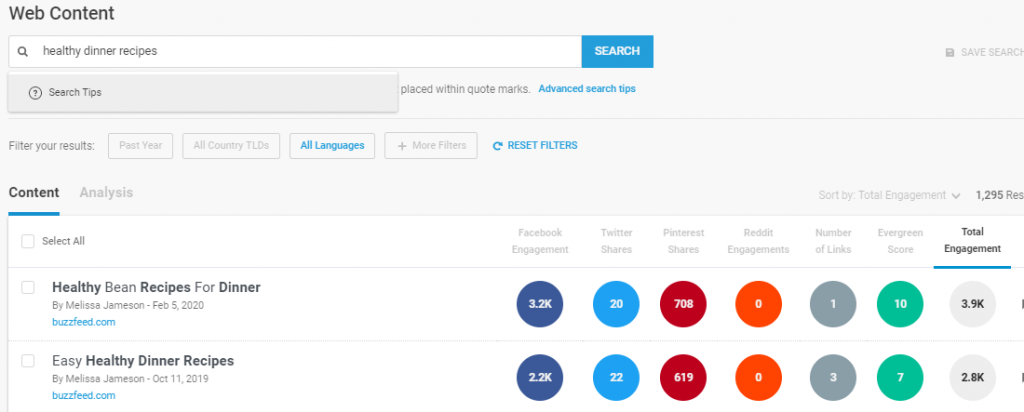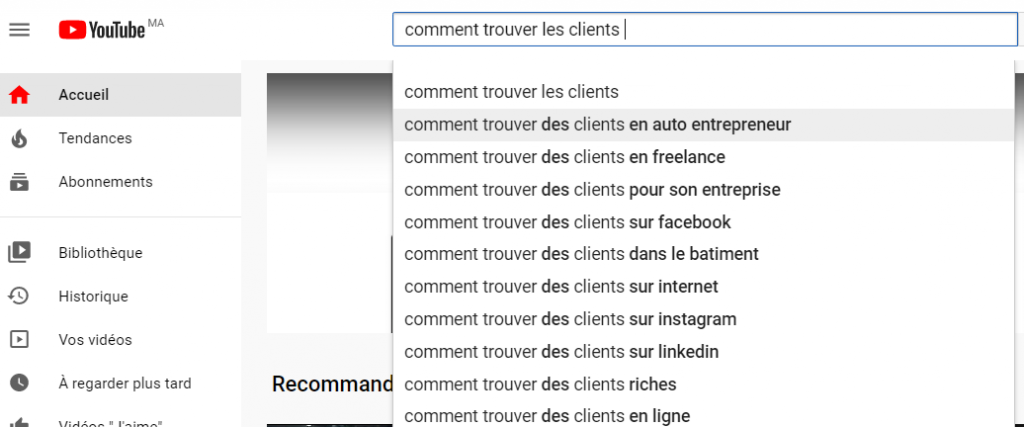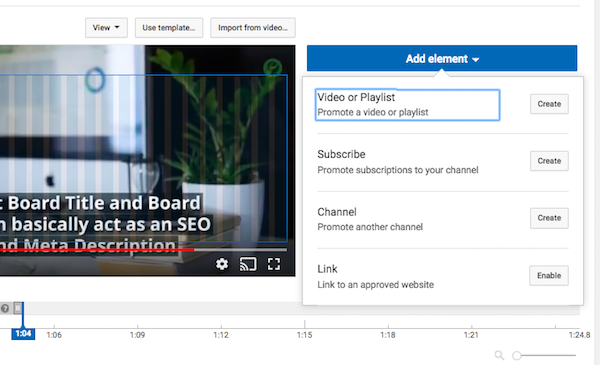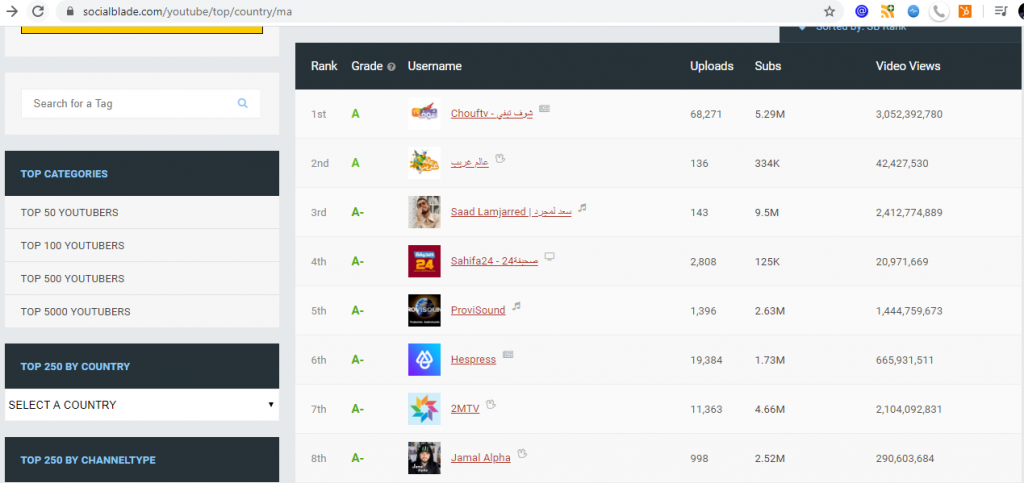Community manager at Wedigitalpro
The community manager (animator of web communities) is responsible for bringing together Internet users via Internet platforms around areas of common interest (brand, products, values, etc.), to lead and enforce ethical rules communities. It defines content for each target (images, videos, articles, contests, etc.), plans production, publishes and runs social networks and assesses the effectiveness of actions. It thus contributes to developing the brand’s presence on the Internet.
Other titles
-
- Internet community manager
-
- Social media host
- Host / manager of web communities
Main activities
Development of brand awareness within web communities
-
- Identify the communities on the Web that can influence the positioning of the brand (bloggers, discussion forums, etc.).
-
- Participate in the creation of community values: culture, social and language codes …
-
- Define the objectives of the community in agreement with the brand manager: product test, customer (or user) information, brand promotion …
-
- Define the indicators making it possible to follow the “life” of the community (number of “posts”, quality of responses, etc.).
- Plan and follow the recruitment actions of online members (partnerships, sponsorship, e-mailing campaign …) in connection with marketing.
Strengthening community cohesion
-
- Manage the various accounts of the company while respecting the specificity of each of them (corporate, professional, community, merchant …).
-
- Write or relay content allowing the development of brand visibility and sales.
-
- Make existing members a relay of information within the community (recruitment and retention of influencers).
-
- Launch subjects allowing debate or sharing of experiences and practices between Internet users / consumers.
-
- Ensure the quality of responses, including criticisms of the brand or product in order to be able to exploit them and restart the discussion.
-
- Enforce the ethical rules of the community (netetiquette) via moderation action on the content produced by the Internet user: exclusion of comments, photos, or videos of a racist, pornographic, insulting nature …
-
- Strengthen and optimize interactions between communities.
-
- Manage the history and archiving of data contained on the site (subjects discussed, information and documents sent by the company or Internet users, etc.)
-
- Look for new social media to expand the influence of the community.
-
- Ensure the loyalty of Internet users via online events (newsletter, contests …)
-
- Implement offline operations in order to physically bring together the community and its leaders (influential bloggers, “VIP” members, etc.)
- Participate in crisis communication in the event of bad buzz.
Evaluation and monitoring of marketing actions
-
- Analyze the marketing buzz and follow the brand image on the various online media (image analysis, content …)
-
- Monitor the audience of the various community media in connection with the traffic manager.
- Report on the communication actions undertaken on this mode of relationship with the consumer.
Technical and functional development of the platform
-
- Report bugs in site functionality and ensure the availability of the platform.
- Coordinate, with the technical teams, the improvements to be made to the website platform.
Possible activities
-
- Pilot digital developments.
-
- Analyze data and traffic with web analytics tools in order to optimize SEO
-
- Carry out paid SEO campaigns.
- Manage the website and ensure the webmastering of the site (updates, updates …).
Required Skills
Technical skills
-
- Excellent knowledge of the subject that animates the community: socio-cultural environment of members (language, “social” codes), key players (influential personalities, recognized bloggers …), discussion platforms …
-
- Mastery of new communication media: community media (Dailymotion, Youtube …), professional or non-professional social networks (Viadeo, Facebook, Twitter …), blogs, forums … as well as social network management tools ( Hootsuite, CoTweet, TweetDeck, Seesmic, etc.)
-
- Mastery of e-reputation monitoring and measurement tools: social metasearch engines, blog engines, news engines, comment tracking and research, forum engines, microblogging engines, aggregators, people search engines …
-
- Mastery of monitoring and research techniques to provide information, to generate debate and to analyze feedback (qualitative and semiotic survey techniques, etc.) and associated tools (Alerti, Google Alerts / Reader, Pickanews, Twitter, etc.)
-
- Ability to create partnerships and on-line (or off-line) events to unite the community
-
- Knowledge of web content production software: photo retouching and graphics software (Photoshop …), CMS (content management system) …
-
- Good practice of audience measurement tools or statistics to monitor brand awareness on different discussion media (Xiti, Adwords, Google Analytics, Omniture …)
-
- Good general knowledge of internet user recruitment levers and more broadly of web marketing (affiliation, partnerships, natural and paid referencing …)
- Fluency in English is frequently required
Skills
-
- Curiosity and taste for investigation, because the community manager has a dual role: finding innovative topics to energize the community and involve members
-
- Diplomacy and listening, because he plays a role of both facilitator and moderator within the community
-
- Writing skills and good communication skills, because the editorial part occupies an important place in his daily activity
-
- Taste for contact, because it is constantly solicited, either internally or externally, by Internet users to explain the relevance of community management, the brand (or the product) or answer their questions
-
- Ability to adapt and good oral expression, because he is in contact with various interlocutors within the company: technical direction to participate in the technical evolutions of the platform, marketing direction to analyze the buzz of the brand on the Web. .
-
- Ability to analyze and synthesize because the community manager must be able to report to his various contacts within the company
-
- Force of proposal to develop the content (sections, themes, visuals …), the objectives (audience measurement, online advertising …) and the technical platform itself (ergonomics, functionalities …)
- Creativity and responsiveness, because he must know how to identify active members of the community and value contributors and influencers. As a mediator between Internet users who are members of the community and the various managers of the company, he relays the contributions, criticisms, opinions, ideas and suggestions of members and plays a moderator role.
The profile
Required diplomas
-
- University diplomas from Bac +3 to Bac +5 in human sciences (letters, arts, history, sociology …) supplemented by a specialization in on-line communication or by a Master specialized in community management
-
- Higher education such as IEP or general business schools, supplemented by a specialization in marketing or in online communication
- Schools specializing in communication, marketing, public relations or journalism





